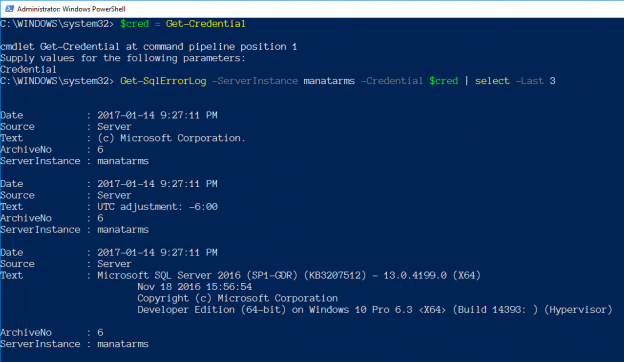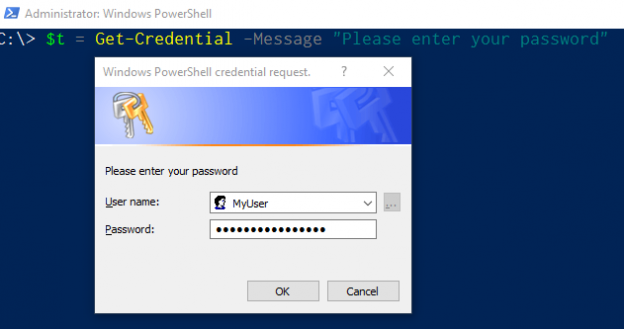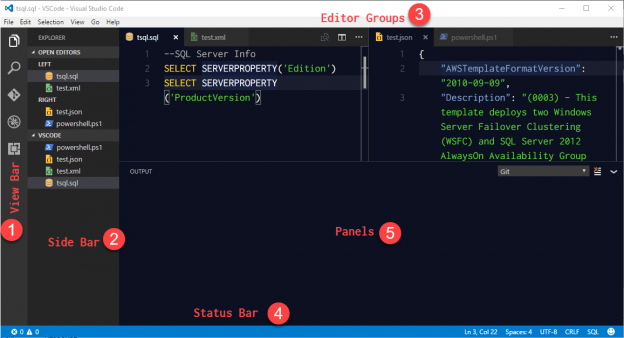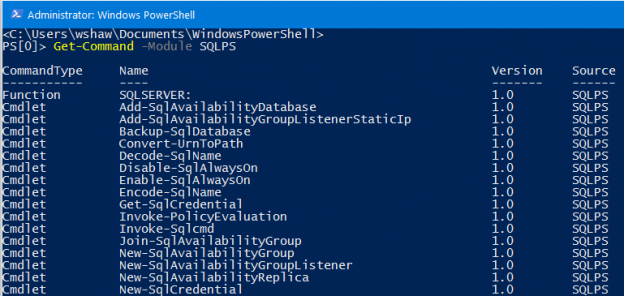Introduction
This article is the first step among many that I hope will help give you a foundation of knowledge to get started utilizing PowerShell. The focus in these steps will be specific to using PowerShell with SQL Server, but I have to cover some of the basic things. Which once you grasp the basics of PowerShell and using it, in a general sense, you set yourself up for easily learning how to use it with other products.
In this article I’m going to touch on the following items:
- History Lesson (short reference for a timeline on releases)
- Windows PowerShell vs PowerShell Core
- SQL Server and PowerShell (as it is today)
- Terminology (some terms that help to understand)
- PowerShell Editors




